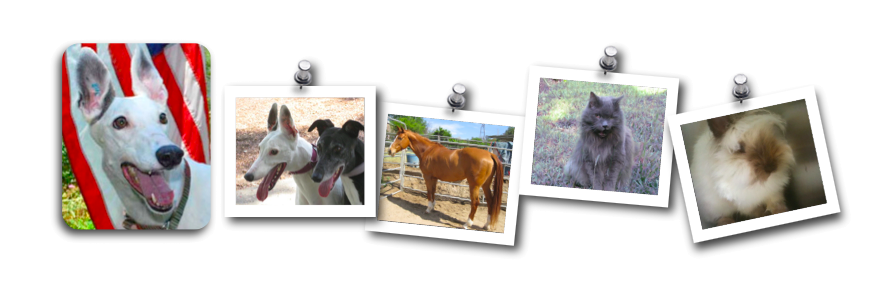Behavior Modification, Conditioning, Desensitization, and Counter Conditioning Horses
Introduction
Traditional equine training has relied heavily on punishment to shape a horses behavior and with pretty good results in the experienced hand. Add to this fact that anyone who has hung around a large barn has seen bribing horses with treats as unsuccessful and it is easy to see why there is a perception you can't bribe a horse to be good. However this is contrary to what traditional animal training techniques teach us. Recent changes in training have emphasized the use of positive rewards with some remarkable if somewhat spotty success. Examples would be the natural horseman techniques and clicker training. Now, at the 2000 AAEP convention Dr. Sue M. McDonnell presented an interesting paper on rehabilitating bad horse behavior while in hand using positive reinforcement. In hundreds of cases she says she has been 100% successful with even very hard (read dangerous) cases.
Dr. McDonnell is a PhD at the Equine Behavior Lab at New Bolton Center, University of Pennsylvania School of Veterinary Medicine, specializes in animal behavior and frequently has dealt with behavior problems is horses that come into New Bolton. In this article I will present her ideas, edited through my own experiences.
I will place quotes from Dr. McDonnell in italics and I will use bold to emphasize points.Dr. McDonnell says, "We encourage the view that behavior modification is just another opportunity for the horse to learn that it can work for a positive outcome. The work in this case is tolerance of a mildly aversive experience. This view puts the focus on establishing a new positive behavior pattern for the horse (and sometimes for the people) as opposed to eliminating undesirable behavior." Dr. McDonnell goes on, "The methods used rely mostly on positive reinforcement. Excessive restraint and punishment are specifically avoided." and she recommends the following equipment:
- It is important that a large area that is enclosed with good footing and headroom is important. The area must be free of objects that the horse might crash into. It should be quiet without distractions and the horse should start out relaxed. Perhaps most important is a calm, relaxed trainer and if necessary an assistant.
- One lead shank with a 28�40' chain lead
- Sweet feed or other highly palatable food treat
- A small unique bucket to offer the feed to the horse
- Comfortable safety vest, helmet, and shoes as preferred to afford greater confidence
- Items for the procedure that the horse resists.
- The procedure really does not hurt (that much).
- A reward will follow the stimulus.
- Resistance will not change the trainer�s behavior.
